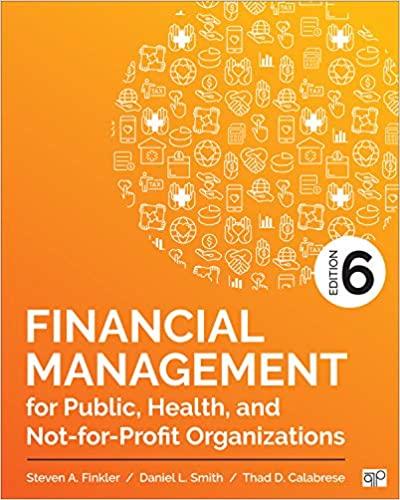Question
Please need the formulas, not just the answer. TIA Estimating the inputs using the Black-Scholes option pricing model in the option analysis of the investment
Please need the formulas, not just the answer. TIA
Estimating the inputs using the Black-Scholes option pricing model in the option analysis of the investment timing option
Option analysis involves gathering significant amounts of information, synthesizing the data, and using the data in models applied in option analysis.
Consider the case of Demo You Inc.:
Demo You Inc. is considering a project for a new cloud-based online storage system for companies and individuals to back up their data. The cost of the project is $55 million, but the future cash flows depend on how this new cloud-based online storage will compete with existing companies that offer online data backup. The company believes that this project has a strong selling feature but is uncertain that it would earn cash flows as projected. The team proposing this project has come up with the following data:
| Demand | Probability | Annual Cash Flow |
| High | 0.40 | $50 Million |
| Average | 0.40 | $35 Million |
| Low | 0.20 | $15 Million |
| Projects Cost of Capital | 17.00% |
|
| Life of Project | 3 Years |
|
| 52-week Treasury Note | 5% |
|
The project team also noted that the company has an option to wait for one year in order to see its competitors positions and observe how the market responds. This will help in getting more information about market demand and in figuring out which set of cash flows will occur.
Analysts used different approaches to evaluate the project, but the management team insists that the Black-Scholes option pricing model (OPM) will help them make a more informed decision.
The model requires five inputs: (1) the risk-free rate; (2) the time until the option expires; (3) the strike price; (4) the current price of the stock, which in this case would be a proxy for the value of the underlying asset; and (5) the variance of the projects expected return.
You need to calculate both the value of the underlying asset in the project and its rate of return. For Demo You Inc., the underlying asset is the project itself. The current value of the project will be the ______ value of its expected cash flows. Based on the data given, calculate the value of the project, its return, and the standard deviation of the returns (using the direct method) if the company decides to wait for a year. (Cash flow values in the table are in millions)
| Demand | Probability | Year 1 | Year 2 | Year 3 | Year 4 | PV Cash flows (t=1) | PV Cash flows (t=0) | Return | Probability |
| High | 0.5 | 0 | 45 | 45 | 45 |
|
|
|
|
| Average | 0.35 | 0 | 30 | 30 | 30 |
|
|
|
|
| Low | 0.15 | 0 | 15 | 15 | 15 |
|
|
|
|
|
|
Step by Step Solution
There are 3 Steps involved in it
Step: 1

Get Instant Access to Expert-Tailored Solutions
See step-by-step solutions with expert insights and AI powered tools for academic success
Step: 2

Step: 3

Ace Your Homework with AI
Get the answers you need in no time with our AI-driven, step-by-step assistance
Get Started


